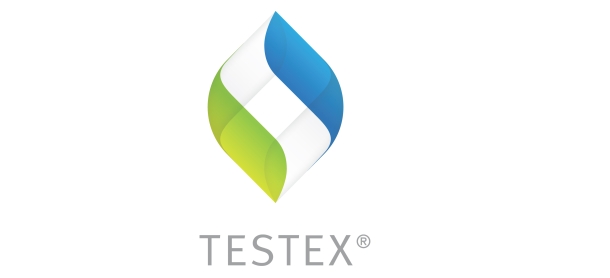In this new series with textile testing and certification group Testex, Ragtrader interviews fashion businesses about their approach to more sustainable practices.

Shasta O'Loughlin: group purchasing manager at Rip Curl
Rip Curl has a significant sustainability focus in its European division, particularly in the mountain wear range. Can you tell us some of the key highlights of that?
Our biggest sustainability push in product is currently within our mountainwear range, most specifically The Search Series. The Search Series focuses on durability and sustainability, designed using 100% recycled materials, Blue Sign® Fabric process and a DWR C0 Bionic Finish.
Each product in The Search Series is made with the strongest possible construction, ensuring an increased product life cycle. Special yarn with a higher filament density has been used for fabric and stitching to improve durability, with reinforcements in the critical zones.
The Search Series is all about high durability and low environmental impact, and it is the leader in the Rip Curl’s sustainable product.
What are some of the ways the brand is incorporating sustainable fabrics and processes locally?
Rip Curl produces global ranges, and the sustainability efforts across our company and products are distributed globally. Over the last 12 months we have been producing global ranges that include organic cottons, recycled yarns, natural trims (coconut buttons, etc), natural fibres and paper trims. These ranges, produced under an eco-friendly banner, will start to drop around the globe later this year.
Rip Curl Australia also has a wetsuit recycling program at its Torquay store. How did that come about and what does it involve?
As a company Rip Curl has been researching potential recycling options for wetsuits for many years, as many customers send their old wetsuits directly to landfill. We feel a social and environmental responsibility to offer a sustainable alternative. Previous projects included turning used neoprene into foot beds however it did not offer a long term solution.
Just over a year ago, a member of our team came across a local crumbing facility in his research, and after testing we found that crumbing old rubber was a viable process that we could open to the public.
We currently take old rubber that is handed in, collect it and send it to the crumbing facility. The next step is finding a long term sustainable use for the crumbs, and once a process is in place here we look to open this local wetsuit recycling initiative up to the wider nation in selected stores across Australia.
There are lots of choices in how to use the crumbs, but the solution must be realistic for the quantity of rubber we have to deal with – and when you’re talking about old rubber all over Australia, that can add up. We are currently looking at recycled yoga mats, flooring, insulation or even surfboards. We are in the process of getting samples for different products, and once we find a reasonable long-term solution, we will expand the program nationally.
Are there any other major sustainability initiatives in the pipeline?
We are currently working on a number of trials to switch our global supply chain from poly bag use to an environmentally friendly solution, which would equate to a massive reduction in plastic use. That is our biggest task at hand, and will take priority until we find the right global solution.



